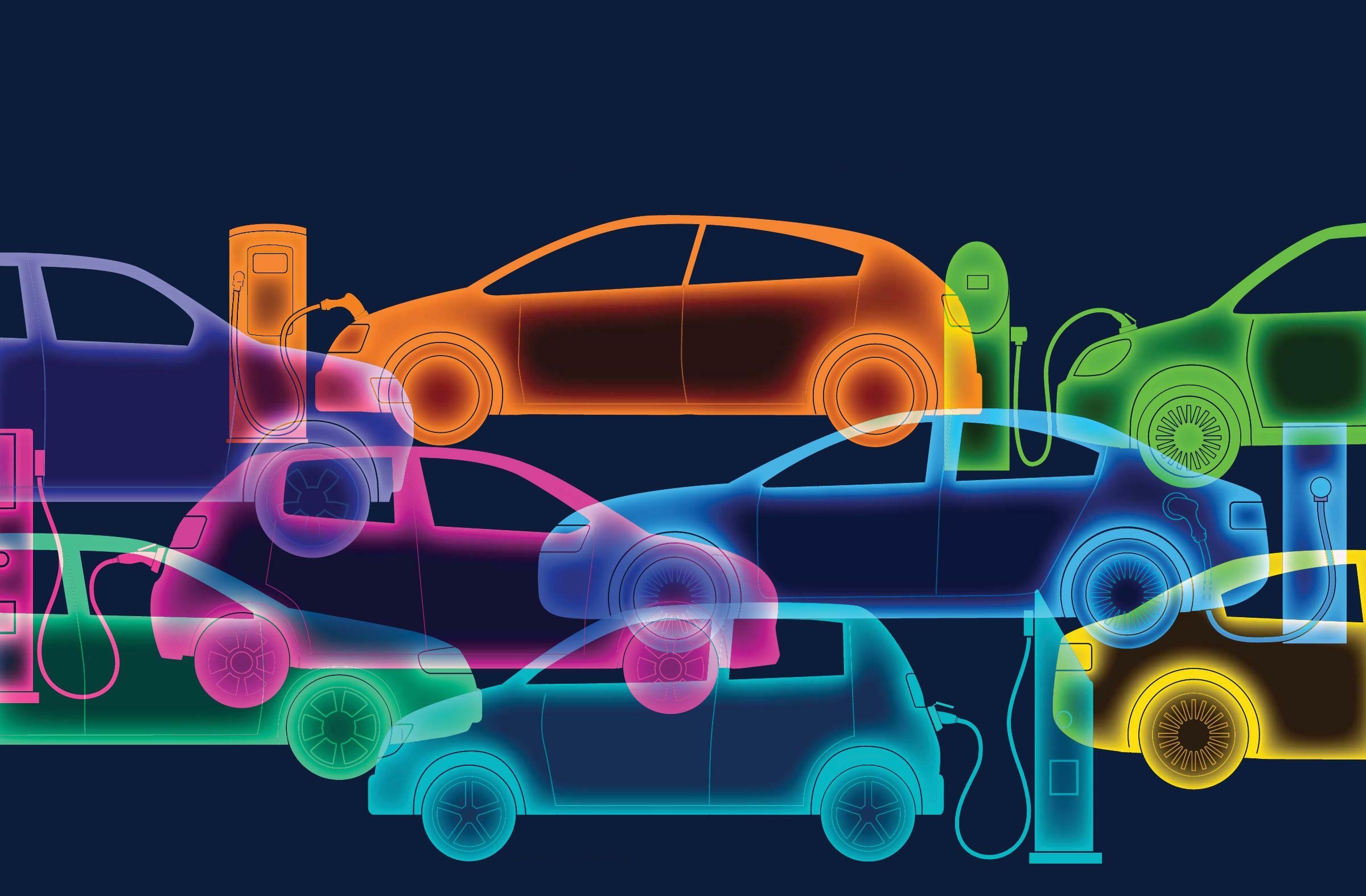試す 金 - 無料
LOW-COST MODELS KEY TO FUTURE OF EVs
Fortune India
|February 2024
Massive demand at the lower end of the market means the segment is key to government meeting its target of 30% electric car penetration.

INDIA’S ELECTRIC CAR SALES more than doubled in 2023, driven by affordable models priced around ₹10 lakh. Electric vehicles (EVs), however, remain a drop in the ocean in the world’s third-largest auto market by volume. Out of 41 lakh cars shipped in 2023, just 2.2% were electric. The government aims to increase this to 30% by the end of the decade. But without affordable EVs that offer stress-free range amid sparse and decaying public charging infrastructure, that remains a tough ask. India needs more electric cars at mass-market price points to drive EV penetration to 20% by 2030, says a report by Bain & Company.

Sales break-up for 2023 confirms this. Out of seven EV models under ₹20 lakh, four belong to Tata—hatchback Tiago.ev, entry-sedan Tigor.ev, compact SUV Nexon.ev and newly launched Punch.ev. The other three are Mahindra XUV400, Citroën eC3 and MG Comet. With such a head start over competitors, it’s not surprising that Tata has nearly 75% market share in EVs. Nexon, priced ₹15-20 lakh, was the top-selling EV before Tata began deliveries of its cheaper entry-level hatch Tiago.ev last year. Since then, Tiago.ev has been outselling Nexon, and now accounts for 40% of EV sales of India’s largest electric carmaker.

このストーリーは、Fortune India の February 2024 版からのものです。
Magzter GOLD を購読すると、厳選された何千ものプレミアム記事や、10,000 以上の雑誌や新聞にアクセスできます。
すでに購読者ですか? サインイン
Listen
Translate
Change font size
